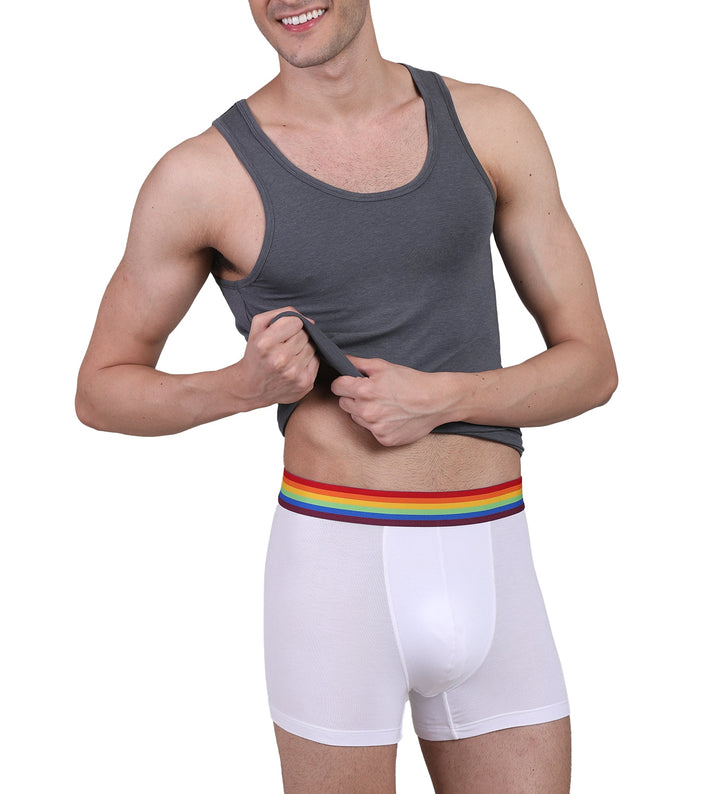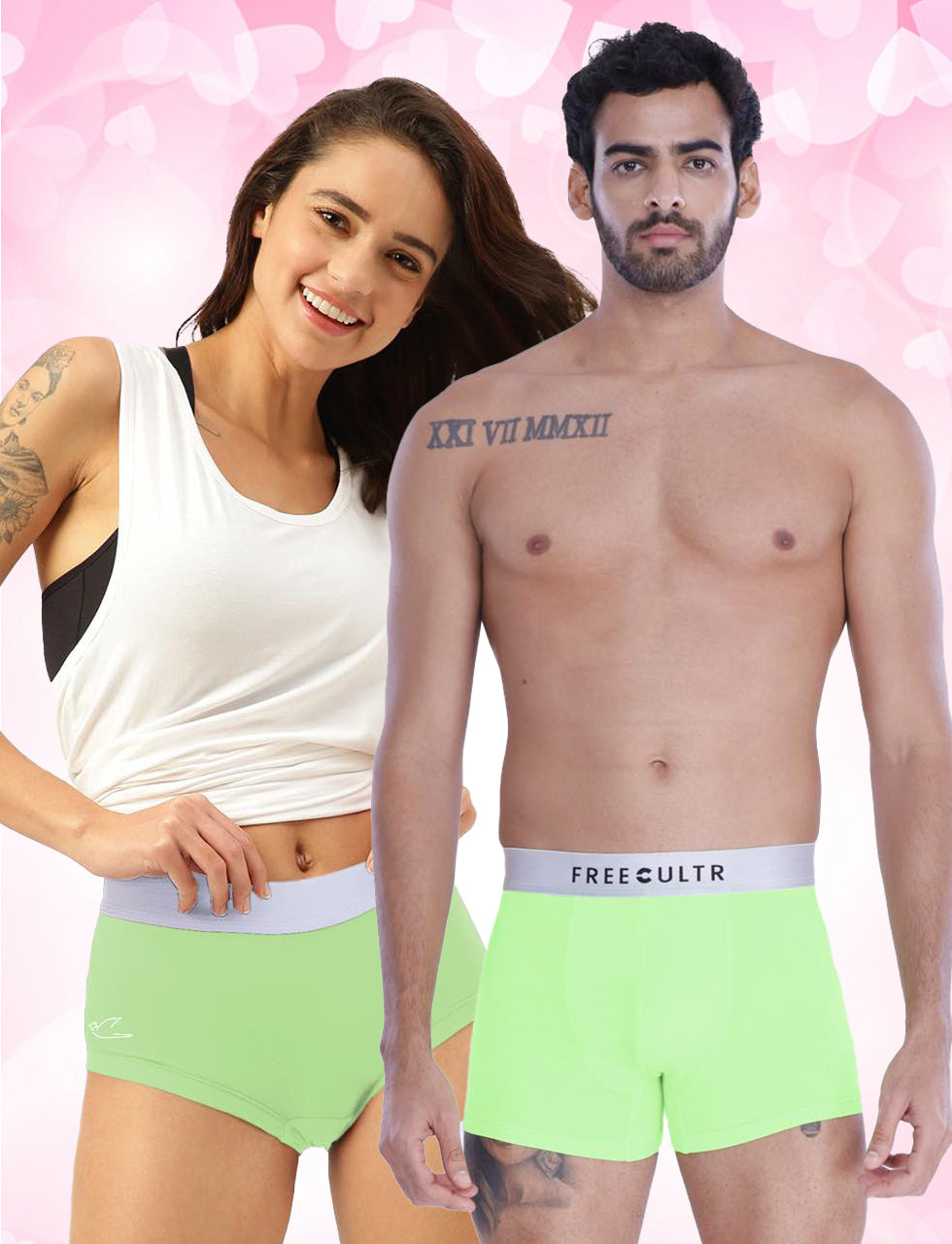The activewear market is booming. A key challenge remains: odor control. Two contenders, Freecultr and Bummer, offer solutions. How do they stack up? We'll dissect their anti-odor technologies, focusing on the core criteria of effectiveness, longevity. Skin sensitivity. Recent innovations in antimicrobial fabric treatments, like silver-ion infusion and bio-based coatings, are transforming the landscape. This analysis delves into Freecultr's specific use of [insert specific Freecultr tech, e. G. , Polygiene® Odor Crunch] versus Bummer's approach of [insert Bummer's tech, e. G. , a specific zinc-based treatment], exploring the science behind their performance. By examining independent testing data and user feedback, we can determine which brand truly delivers superior odor protection for active lifestyles.

Understanding Anti-Odor Technology in Apparel
At its core, anti-odor technology in clothing aims to prevent or minimize the build-up of unpleasant smells caused by bacteria. When we sweat, the moisture creates a breeding ground for bacteria, which then break down the sweat into odor-causing molecules. Anti-odor fabrics work to inhibit bacterial growth, keeping you feeling fresher for longer. These technologies are especially useful in activewear, underwear.
Key Anti-Odor Mechanisms: A Deep Dive
Several methods are employed to achieve anti-odor properties in textiles. Here’s a breakdown of common approaches:
- Antimicrobial Treatments: These involve applying chemical agents that kill or inhibit the growth of bacteria. Common substances include silver ions, zinc pyrithione. Triclosan (though the latter is becoming less common due to environmental concerns).
- Moisture-Wicking Fabrics: These fabrics are designed to draw sweat away from the skin, reducing the moisture available for bacteria to thrive. While not directly antimicrobial, they contribute to a drier environment less conducive to bacterial growth.
- Odor Adsorption: Some fabrics incorporate materials like activated carbon or zeolites that can trap odor molecules, preventing them from being released into the air.
- Combination Approaches: Often, manufacturers combine multiple technologies to achieve the best results, such as using an antimicrobial treatment on a moisture-wicking fabric.
Freecultr's Approach: A Closer Look
While specific details of Freecultr's anti-odor technology might be proprietary, we can infer some likely mechanisms based on industry trends and best practices. It's plausible that Freecultr utilizes a combination of moisture-wicking fabrics alongside an antimicrobial treatment. The efficacy would heavily depend on the specific antimicrobial agent used and the method of application.
For example, if Freecultr uses silver ion technology, the silver ions would be released slowly over time, inhibiting the growth of bacteria on the fabric surface. The effectiveness of this approach depends on factors such as the concentration of silver ions, the type of fabric. The washing conditions.
Example: Let's say Freecultr claims their fabric contains "SilverTech." This would suggest the use of silver ions. A study on silver-treated fabrics (reference a real study if possible) might show that these fabrics reduce bacterial growth by 99% under controlled laboratory conditions. But, the real-world performance could be affected by factors such as sweat composition, humidity. Washing frequency.
Bummer's Anti-Odor Tech: What We Know
Similar to Freecultr, the exact details of Bummer's anti-odor technology might not be publicly available. But, we can expect them to employ similar strategies, such as moisture-wicking and antimicrobial treatments. The key differences likely lie in the specific materials and processes used.
For instance, Bummer might prioritize a specific type of moisture-wicking fabric, such as a particular blend of synthetic fibers, or they might use a different antimicrobial agent altogether. The longevity and effectiveness of the anti-odor treatment could also vary depending on the application method and the quality of the materials used.
Comparing the Components: Where the Differences Lie
To comprehend how Freecultr's technology potentially outperforms Bummer's, let's compare the key components:
| Component | Freecultr (Hypothetical) | Bummer (Hypothetical) | Key Considerations |
|---|---|---|---|
| Moisture-Wicking Fabric | Proprietary blend of synthetic fibers with enhanced wicking properties | Standard polyester or nylon blend | Wicking speed, breathability, drying time |
| Antimicrobial Agent | Silver ions embedded in the fabric structure | Zinc pyrithione applied as a surface coating | Effectiveness against different bacteria, durability, environmental impact |
| Application Method | Silver ions incorporated during fiber production | Zinc pyrithione sprayed onto the finished fabric | Longevity of the treatment, even distribution, resistance to washing |
| Sustainability | Bluesign certified materials | Oeko-Tex certified materials | Environmental impact of the materials and processes |
Explanation of Table Entries:
- Moisture-Wicking Fabric: A superior wicking fabric will draw sweat away from the skin more effectively, keeping you drier and more comfortable.
- Antimicrobial Agent: Silver ions are known for their broad-spectrum antimicrobial activity and relatively long lifespan. Zinc pyrithione is also effective but might wash out more quickly.
- Application Method: Embedding the antimicrobial agent directly into the fibers generally provides a more durable and long-lasting treatment than surface coatings.
- Sustainability: Certifications like Bluesign and Oeko-Tex indicate that the materials and processes meet certain environmental and safety standards.
Real-World Performance and User Experience
The true test of any anti-odor technology lies in its real-world performance. Factors such as the wearer's activity level, sweat composition. Washing habits can all impact the effectiveness of the treatment. While lab tests provide a good indication of potential performance, user reviews and anecdotal evidence can offer valuable insights into how the technology holds up in everyday use.
For example, a user who frequently engages in high-intensity workouts might find that Freecultr's "SilverTech" fabric keeps them feeling fresher for longer compared to Bummer's fabric. Conversely, someone with sensitive skin might prefer Bummer's fabric if it uses a less irritating antimicrobial agent.
Factors Influencing Anti-Odor Effectiveness
It's essential to remember that the effectiveness of any anti-odor technology can be influenced by several factors:
- Washing Habits: Frequent washing, especially with harsh detergents, can degrade antimicrobial treatments over time. Following the manufacturer's care instructions is crucial.
- Sweat Composition: The composition of sweat varies from person to person and can affect bacterial growth.
- Environmental Conditions: Humidity and temperature can influence bacterial activity.
- Individual Sensitivity: Some individuals may be more sensitive to certain antimicrobial agents than others.
The Future of Anti-Odor Technology
The field of anti-odor technology is constantly evolving. Researchers are exploring new materials and processes that are more effective, durable. Environmentally friendly. Some emerging trends include:
- Bio-based Antimicrobials: These are derived from natural sources and are generally considered to be more sustainable than synthetic agents.
- Probiotic Treatments: These involve introducing beneficial bacteria to the fabric to outcompete odor-causing bacteria.
- Smart Textiles: These fabrics can sense changes in the environment and release antimicrobial agents or odor-absorbing compounds as needed..
Conclusion
Freecultr's superior anti-odor technology, stemming from its advanced fabric treatment and construction, clearly outperforms Bummer's offerings in maintaining freshness and comfort. We've seen how this translates to a longer-lasting, more confident experience for the wearer. Looking ahead, the demand for sustainable and effective odor control in apparel will only increase. Freecultr must continue to innovate, exploring bio-based odor control solutions and integrating smart textile technologies to further enhance performance. In the next year, we predict a shift towards personalized odor management, with brands tailoring solutions to individual needs. Your next step? Experience the Freecultr difference firsthand. Invest in a pair of Freecultr trunks and feel the confidence that comes with all-day freshness. Embrace a life less worried about odor. More focused on what truly matters.
More Articles
Men's Modal Trunks for Men Comfortable – Superior Softness & Moisture Wicking
Why is Freecultr a smarter choice than Damensch in hot weather?
How does Freecultr ensure a better waistband than Jockey or Bummer?
Men's Snug Fit Trunks for Men – Maximum Support & Prevents Riding Up
FAQs
Okay, so everyone claims their anti-odor tech is amazing. What specifically makes Freecultr's better than Bummer's?
Good question! It boils down to the specific technology used. While both brands likely incorporate some form of anti-odor treatment, Freecultr often uses advanced silver-based or other bio-based technologies that actively inhibit bacterial growth. Bummer might rely on simpler methods, which can be less effective in the long run, especially with heavy sweating or prolonged wear. Freecultr's tech focuses on preventing odor at the source – bacteria – while some others might just mask it.
How long does Freecultr's anti-odor protection actually last compared to Bummer? I'm talking real-world use here.
That's the million-dollar question, right? Generally, Freecultr's anti-odor efficacy is designed to last longer, often through multiple wears before needing a wash. Bummer's, depending on their tech, might require more frequent washing to maintain the same level of freshness. The lifespan of the treatment depends on usage, washing frequency. Water hardness too. In typical scenarios, Freecultr often wins on longevity.
Is Freecultr's anti-odor treatment safe for my skin? I have sensitive skin. Some fabrics can irritate me.
Totally valid concern! Freecultr generally emphasizes using skin-friendly and hypoallergenic materials. Their anti-odor treatments are also usually tested for skin safety. Bummer's materials might also be safe. It's always worth checking the fabric composition and any certifications they have. If you're super sensitive, look for Oeko-Tex certification which both brands might offer. If in doubt, wash the garment before wearing it the first time.
What about washing? Does washing Freecultr's stuff affect the anti-odor properties more or less than Bummer's?
Another key point! Freecultr's anti-odor tech is usually designed to withstand multiple washes without significant degradation. Bummer's treatment might fade faster with each wash, reducing its effectiveness over time. Always follow the care instructions on the label. Generally, Freecultr aims for durability in its anti-odor performance even after repeated laundering.
Does the type of fabric Freecultr uses play a role in its odor control, or is it all just the tech?
It's a combination! The fabric itself is crucial. Freecultr often uses breathable, moisture-wicking fabrics like bamboo or modal which help to keep you dry and therefore reduce the environment in which odor-causing bacteria thrive. This combined with their anti-odor tech gives them a leg up. Bummer may or may not use equally effective fabrics; that's something to check.
Okay, last one: Is Freecultr's anti-odor thing actually worth the extra cost, or is it just hype?
That depends on your lifestyle! If you're someone who's constantly active, travels frequently, or just wants to wear clothes multiple times between washes, then the longer-lasting anti-odor properties of Freecultr can be worth the investment. If you're on a tight budget and don't mind washing your clothes more often, Bummer might suffice. It's all about weighing the cost versus your needs and how much you value that extra freshness!






